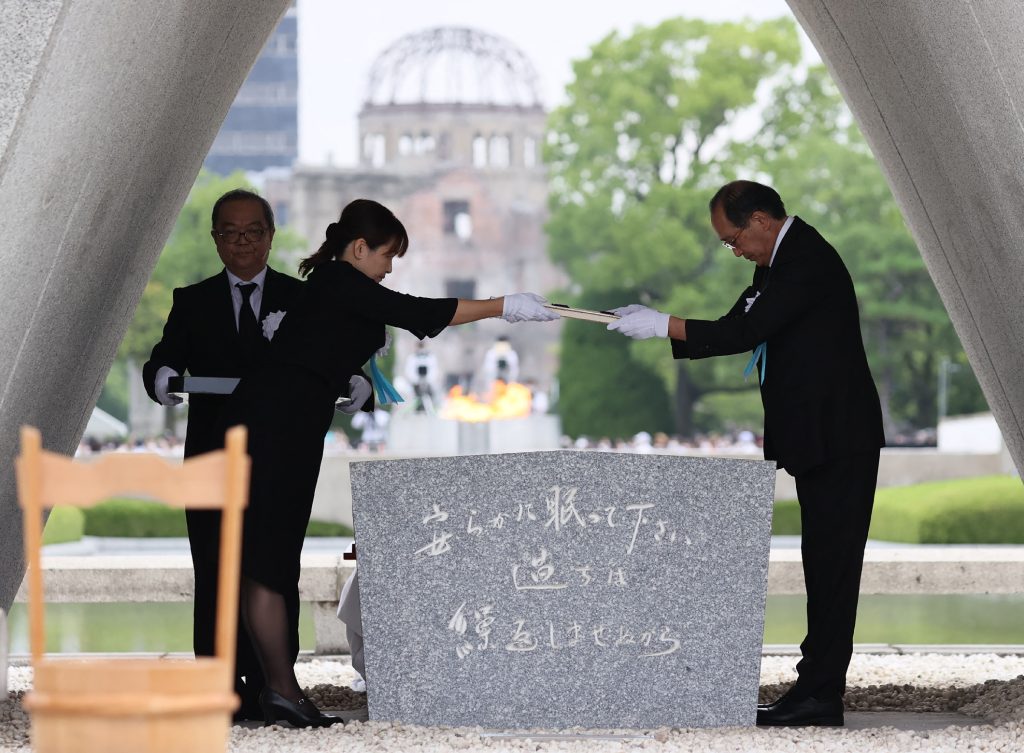
- ARAB NEWS
- 17 Jul 2025

Chantal Fouad
DUBAI: A cryptic paper plane was found at the Hiroshima atomic bomb monument, one of Japan’s significant structures.
The monument is called the atomic bomb victims cenotaph; it is being preserved in its damaged state as it is the only structure that is still intact after the bombing in Hiroshima in 1945.
The cenotaph is a symbolic empty tomb for the people who died but were not found in the bombing incident; it is made of a granite arch with the names of the people engraved on it along with a message that translates to ‘the mistakes will not be repeated’.
The Hiroshima incident, like any other major political event, stroke a great deal of controversy.
The way people chose to take a stand and voice their opinion about the event was not greatly accepted by the Japanese government; on the morning of Oct 28 a man was caught on surveillance footage throwing a paper plane which landed in front of the monument underneath the arch.
The cenotaph has been a target of vandalism given the politically charged nature of the second world war.
It was found the next day by a patrol officer with a vague message that said ‘Great Hiroshima Earthquake 10.28 5:18’; it caused a great deal of confusion because no record of such event has been found and no earthquake on that specific day has been recorded either.
The Hiroshima city council interpreted the message not as a condolence offering but rather a threating message.
A police report was filed but the case remained unclear as technically there wasn’t a serious crime at hand; however, in Japan, according to article 188 of the penal code publicly disrespecting places of worship and cemeteries is punishable by up to 6 months in prison and a maximum fine of 100,000 yen.
The cenotaph is not a burial place, nor it is a place of worship so throwing a paper plane is not a clear gesture of disrespect.
Hiroshima deputy police chief said they would pursue the matter as the G7 summit will be held in the city in May.